Bankruptcy law comes of age

More than two years ago, the Reserve Bank of India ordered local banks to take Essar Steel and 11 other borrowers to ‘trials’ under a revamped bankruptcy law enacted in late 2016. The jury is finally out on India’s most significant piece of bad loan legislation: It has, unequivocally, recognised the primacy of secured creditors in asset-sale proceeds. But the ride so far has been rather rocky, testing the patience of all stakeholders. So much so that the chair of the country’s largest lender, State Bank of India, had invoked divine intervention just three months ago, expressing his disappointment with the progress on bankruptcy cases — and their evident reflection in the masslender’s quarterly financial statements.
“Every morning I am looking at the sky and praying to God that the three large NCLT accounts stuck in the middle of resolution get resolved — these alone will give us more than Rs 16,000 crore in write-backs,” SBINSE -0.80 % chairman Rajnish Kumar had said in August, referring to Essar Steel, Bhushan Power and Steel and Alok Industries, where SBI has made 100% provisions against bad loans.
Kumar can now breathe a sigh of relief, with his bank getting more than Rs 12,000 crore in recoveries on the provisions. “This much awaited judgement (on the primacy of lenders) also settles numerous points of law under the Insolvency and Bankruptcy Code — points that were tested in various courts,” Kumar said. “This should significantly reduce the scope for long-drawn litigations under IBC and would eventually lead to faster resolution of stressed assets.”
SECURED VS OPERATIONAL CREDITORS
Last Friday, in its 164-page verdict in the case of Essar Steel, the Supreme Court not only upheld that the ultimate discretion on distribution of funds lies with the Committee of Creditors (CoC), but also ratified that the rights of secured and unsecured financial creditors are different when it comes to payment claims on resolution proceeds. “The Essar ruling is like the Kesavananda Bharati case, where the basic structure of the Constitution was defined,” said Hari Hara Mishra, director, UV Asset Reconstruction Company. This ruling has also reinforced that the distribution of bid proceeds shall be in accordance with the provisions of the bankruptcy code and the resolution plan approved by majority of creditors, making it clear that equity holders have no right on claims.
“This has led to a narrowing down in the scope for interpretation and interference by the authorities,” said Ashish Pyasi, associate partner, Dhir and Dhir Associates. “This would also mean that now the commercial wisdom of committee of creditors will prevail and there is no equity as the interest of all stakeholders, including the operational creditors, has been taken care of in the amendment and the validity of same has also been tested by the Supreme Court in this ruling.” TESTING OUR RESOLVE For the bankruptcy mechanism, the journey over the past three years has been anything but smooth.
It has faced obstacles from the word go. Not only were the biggest bad loan cases embroiled in litigation, but there have also been several issues about the interpretation of the law. Lenders were under constant fear that bankruptcy matters could get stuck in superior courts and then languish for months on delays caused by pendency and adjournments.
Since the IBC was first implemented in May 2016, the government has brought about several changes in the law, including giving powers to the Reserve Bank of India to send cases into bankruptcy, blocking errant promoters from bidding and allowing exits from the code with maximum CoC vote. History has shown that India has been rather poor in implementing laws such as SICA, BIFR, DRT or Sarfaesi, but the jinx seems to have been finally broken. “This is a landmark judgment and it sets very positive precedence for banks that there is hope with IBC as a lot of assets undergoing resolution were solid assets with good recovery potential,” says CV Rajendran, MD, Catholic Syrian Bank.
Promoters of large bankrupt companies were steadfastly resisting loss of control over their business, and they also challenged the constitutional validity of the law. That contention was later shot down by the apex court, which held that the law does not infringe upon individual or fundamental rights. But this does not mean the Insolvency and Bankruptcy Code has failed to make a mark. Prior to IBC, no one would have imagined that the likes of Ruias, Dhoots, Singhals, Miglanis or Dhams would be ousted from companies that were symbolic to their very existence.
Source: economictimes

Leave a Reply